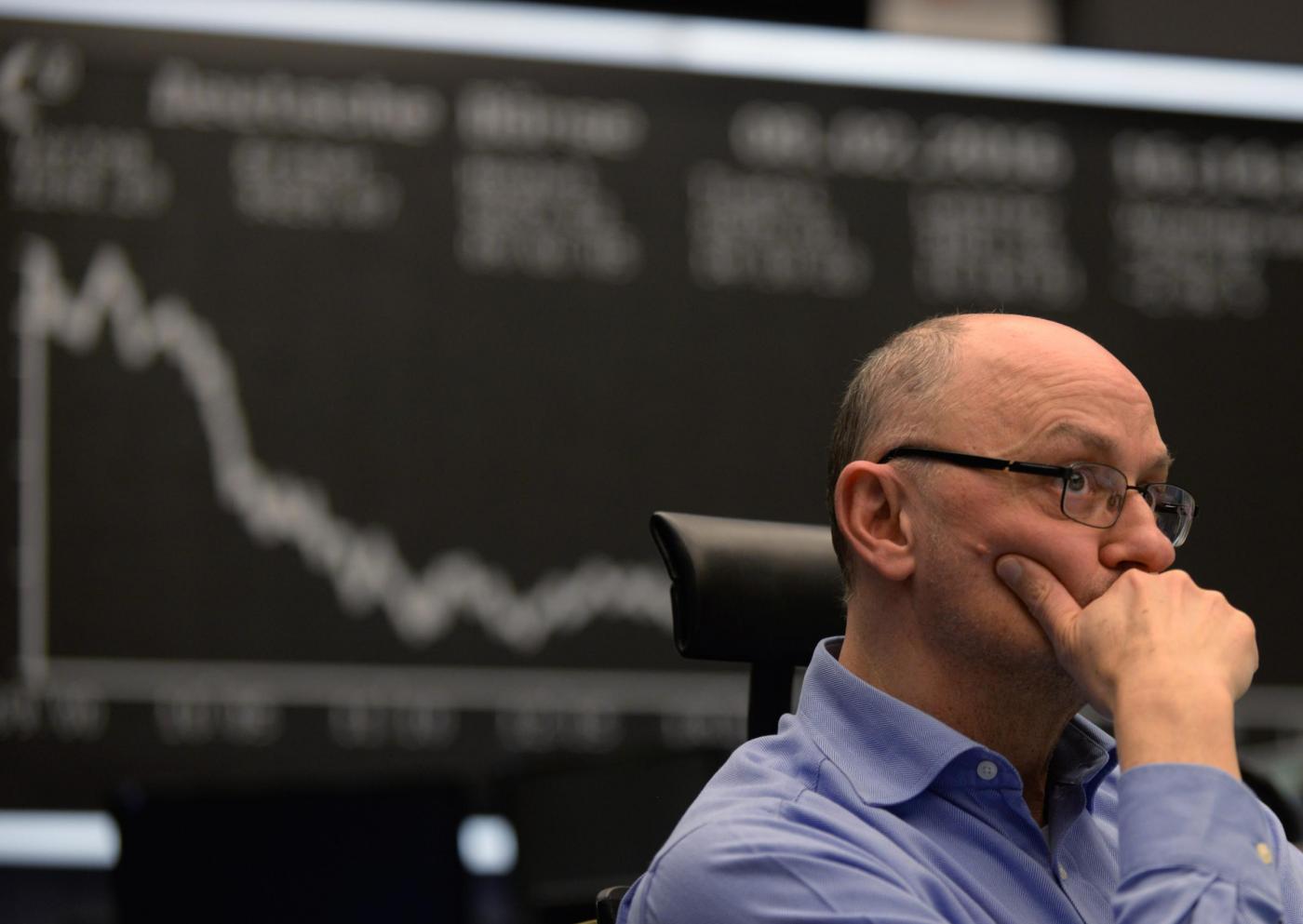The economic history of first half of 2021 took place under the banner of remediation, with diffusion of vaccines, political support and increase in confidence which contributed to the rise in bond yields and share prices. The global equity market performed remarkably, albeit unevenly, due to the strong shift from growth to value. Real assets, such as industrial commodities and private equity, also performed well. As the economy continues on its expansion trajectory, investors must prepare for the arrival of the cyclical transition, a phase characterized by lower investment returns and a change of political regime that heralds the risks of the ‘mission economy’. which requires a strategic repositioning outside of global fixed income. The picture emerges from the outlook published by HSBC Asset Management.
The journey for expansion
The PIL has fully achieved i livelli pre-Covid in the United States, China and throughout industrial Asia. Business revenues have rebounded in a V-shape and expectations for 2022 are higher than pre-pandemic ones. While inflation pressures are on the rise, the political debate has shifted to the QE tapering program and the timing of new policy launches, suggesting that we are entering a mid-cycle expansion phase. .
The China it is at a more advanced stage of the cycle, but growth is likely to slow as credit support measures and demand for local exports decline in the remainder of the year. At the same time, Chinese policymakers are implementing a gradual and flexible political normalization path – reducing total social credit and adopting a more aggressive regulatory stance, thereby keeping inflation moderate. The outlook is the same for the economies of Singapore, Korea and Taiwan, which are expected to begin their path of political normalization as early as the first half of 2022.
Even the United States they are outperforming, driven by the fiscal boost provided by the bailout plan introduced in March. But the scale of the political stimulus and the speed with which the US is narrowing the output gap suggests that the economy is facing supply constraints. So far this has been especially visible at the sector level, impacting the manufacturing industry and retail sales, where demand is strong and the slowdown in the labor market is more limited. Inflation concerns in the United States will intensify by the fourth quarter. Over the long term, inflation can stabilize just above 2%, so the Fed can continue to adopt a dovish stance, although it is possible that the 2022 tapering will be announced in Jackson Hole.
Problems to avoid
After a period in which the increase in the optimism of the investors resulted in a drop of the perception of risk and led to a revaluation of risky asset classes, the outlook is now reversed. Increasingly, valuations are set to hold back yields as much good news about the recovery has already been incorporated into prices.
In a context of increasing returns bonds, the actions value continue to be more interesting than growth ones. Better to focus on cyclical markets such as the UK, Europe and emerging deep value, while remaining agile in allocations. The risk of a cyclical downside is represented by the dollar, which is particularly important for the strategy suggested by HSBC which favors international equities and emerging fixed income.
The advent of the ‘mission economy’
Together with transition cyclical towards expansion, a major shift in the macroeconomic regime is also underway. Today’s political consensus reflects a greater degree of fiscal activism, both from a cyclical point of view, with greater use of automatic stabilizers and layoff programs during a period of recession, and structural, as companies priority to green and socially inclusive growth for the medium term. These trends bring us closer to the ‘mission economy’ in an interesting way, a term coined by Professor Mariana Mazzucato. The risks of the decade from 2010 are being replaced by a new set of challenges: higher taxes, inflation and a more efficient labor market. We are already seeing several factors related to the ‘mission economy’ in the political calendars of the United States and China.
The main changes in the wallets should address the role of government bonds. When the balance of economic risks changes, bonds are bound to lose their reputation as an economic hedge. While there is no perfect solution, one of the ideas could be finding new portfolio diversifiers in a larger universe of alternative asset classes.
The investors they should try to get as close as possible to real cash flows and protected byinflation. Infrastructure debt is a great candidate in this regard and has offered decent historical returns, today offers a higher spread than global credit and has a more favorable loss profile. Even the Commodities like copper, other key minerals (uranium, rare earth metals) or carbon offsets look interesting. A more conventional allocation would be to consider the Asian bonds as a substitute for global bonds or Asian high yield credit, which enjoys higher spreads and lower default rates.
